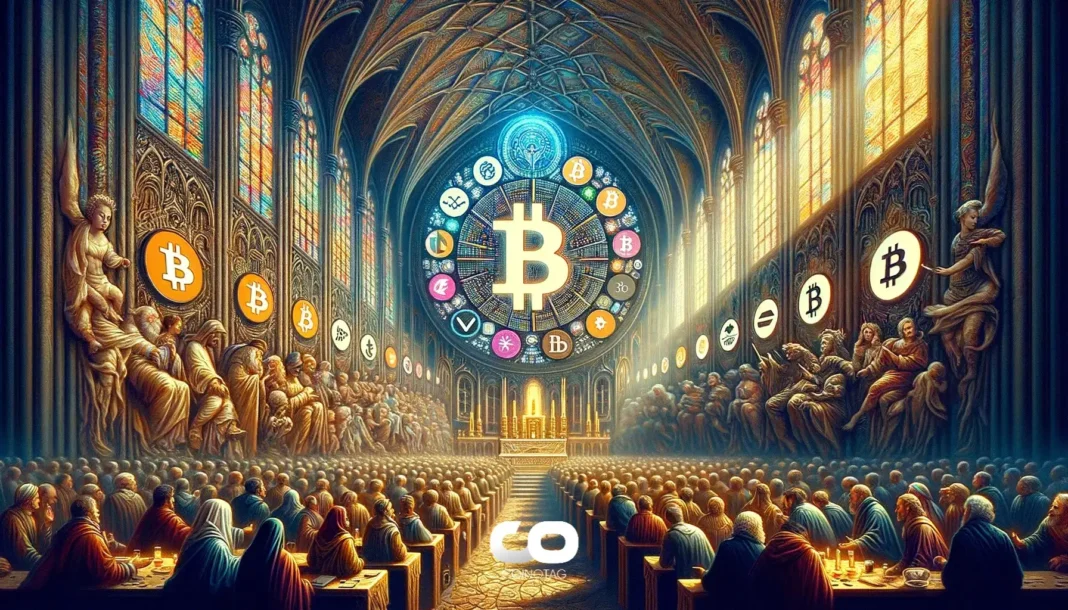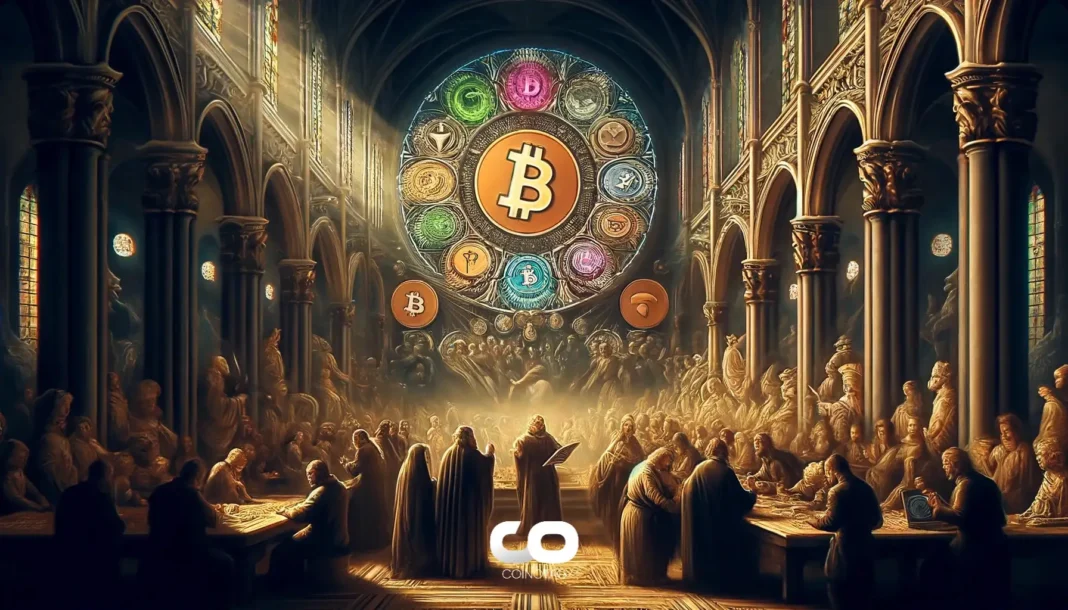-
Recent economic signals indicate a shift in the Federal Reserve’s approach, significantly affecting market expectations and crypto sentiment.
-
Amidst ongoing inflation concerns, the outlook for interest rates has shifted, prompting crypto investors to reassess their strategies.
-
According to experts at COINOTAG, “The current market climate necessitates a cautious approach, particularly as external factors impact both traditional and digital asset classes.”
This article analyzes how recent Federal Reserve insights are influencing crypto markets and what investors can expect moving forward.
Impact of Federal Reserve on Crypto Markets: Key Takeaways
The recent FOMC minutes highlight an increasingly cautious Federal Reserve, which directly impacts market conditions, notably in the crypto space. As the Federal Reserve has maintained its interest rates amidst inflation pressures, liquidity challenges are unfolding across financial markets, including cryptocurrencies.
Understanding the Relationship Between Inflation and Crypto
When the Fed raises interest rates or signals a hawkish stance, historically, crypto markets tend to react negatively. A stronger dollar can lead to reduced investment in riskier assets, pushing Bitcoin and altcoin values down. Experts are advising crypto investors to keep a close eye on upcoming economic reports, as they can provide further insights into the potential for market shifts.
Future Projections: Crypto Sentiment in a Tightening Environment
The current tightening of monetary policy raises several considerations for crypto enthusiasts. With diminishing expectations for rate cuts, market participants might anticipate:
- A potential for decreased investment in digital assets as risks margins tighten.
- Increased volatility within the crypto markets as investor sentiment sways with macroeconomic news.
- An adjustment in trading strategies as cryptocurrencies are compared against traditional assets like equities.
Strategic Investment Considerations Amid Shifting Dynamics
Investors are urged to diversify their portfolios as the likelihood of sustained economic uncertainty becomes more pronounced. Increased trading volume in cryptocurrencies can mean more volatility, but savvy investors might find opportunities in the market’s fluctuations. Staying informed on monetary policy shifts and their correlating impacts on crypto assets will be essential for navigating the current landscape effectively.
Conclusion
In summary, as the Federal Reserve’s cautious outlook on interest rates continues, crypto investors must adapt to a changing environment. While the recent pause by Trump on tariffs sparked short-term optimism, the overarching reality is that higher interest rates may dampen enthusiasm in the crypto market for the foreseeable future.







